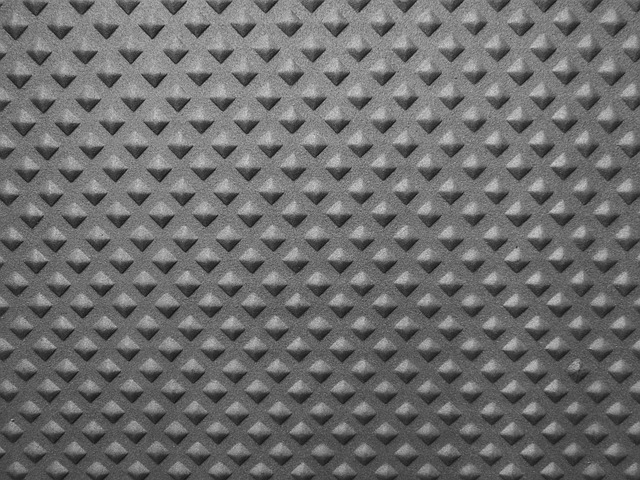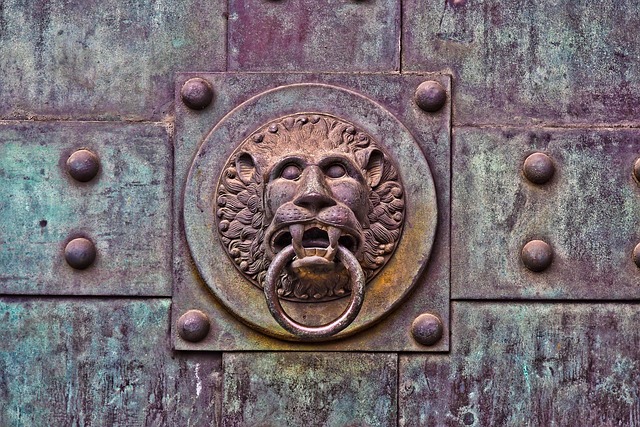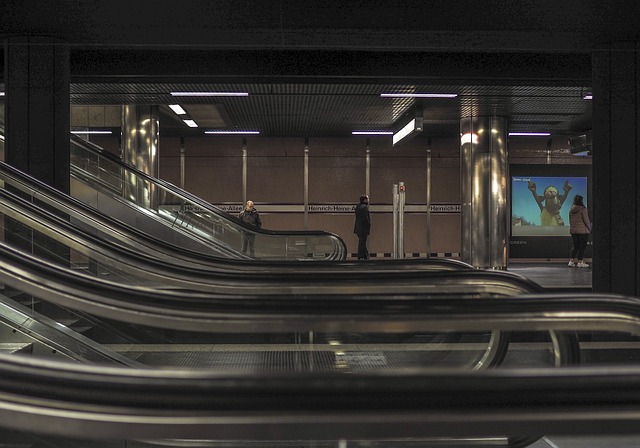Commercial metal fabrication transforms raw materials into vital architectural elements like custom metal railings, which demand precision, expertise, and adherence to safety standards. These railings, made from durable metals like steel, aluminum, or stainless steel, combine structural integrity with design aesthetics. Advanced techniques such as laser cutting, waterjet technology, and CAD software have revolutionized their creation, enabling intricate patterns and seamless integration into modern architecture. Quality control and safety protocols ensure custom metal railings are not only visually striking but also compliant with regulations, enhancing both functionality and the overall aesthetic of any space.
In the realm of modern construction, professional-grade commercial metal fabrication is a game-changer. This in-depth exploration delves into the intricate world of creating structures from steel and aluminum, highlighting key aspects like custom metal railings that define contemporary architecture. From understanding foundational processes to advanced techniques and quality control measures, this comprehensive overview uncovers the art and science behind professional metal craftsmanship, emphasizing the vital role of custom metal railings in shaping urban landscapes.
- Understanding Commercial Metal Fabrication: A Comprehensive Overview
- The Role of Custom Metal Railings in Modern Architecture
- Advanced Techniques and Technologies in Metal Fabrication
- Ensuring Quality and Safety Standards in Professional Metal Craftsmanship
Understanding Commercial Metal Fabrication: A Comprehensive Overview

Commercial metal fabrication is a complex process that involves transforming raw metal into functional and aesthetically pleasing structures. It’s a crucial component in building everything from custom metal railings for staircases and balconies to large-scale architectural components. This intricate art demands precision, expertise, and an understanding of various techniques to create durable and safe products.
At its core, commercial metal fabrication encompasses a range of services including cutting, bending, welding, and finishing metals to exact specifications. Professionals in this field must possess knowledge of different metal types, their properties, and how they behave during fabrication. Custom metal railings, for instance, require careful consideration of factors like load-bearing capacity, safety standards, and design aesthetics to ensure both structural integrity and visual appeal.
The Role of Custom Metal Railings in Modern Architecture

In modern architecture, custom metal railings have emerged as a versatile and aesthetically pleasing element, enhancing both functionality and design. These railings are no longer merely safety features; they’ve become a defining component in shaping contemporary buildings. Architects and designers often turn to custom metal railings for their ability to create unique, visually striking patterns that blend seamlessly with the overall aesthetic of a structure. With advanced fabrication techniques, professionals can craft these railings from various metals, including steel, aluminium, and stainless steel, each offering distinct visual characteristics and durability.
Beyond aesthetics, custom metal railings provide practical benefits, such as enhancing safety by preventing accidental falls while allowing natural light to filter through. Their versatility is evident in their application across diverse spaces, from grand staircases and balconies to interior courtyards and rooftop terraces. The use of these railings allows for open, airy interiors, fostering a connection between indoor and outdoor spaces, which is particularly appealing in today’s design trends that prioritize expansive, natural-light-filled environments.
Advanced Techniques and Technologies in Metal Fabrication

The evolution of metal fabrication has seen a significant shift towards advanced techniques and technologies, particularly in the realm of custom metal railings. Automated machines and robotic arms now play a pivotal role in precision cutting, welding, and forming, ensuring consistent quality and accuracy across complex projects. These innovations have not only enhanced productivity but also allowed for intricate designs previously unimaginable.
Lasers, waterjet cutters, and computer-aided design (CAD) software are revolutionizing the industry. Laser cutting, for instance, offers unparalleled precision when creating custom metal railings, enabling intricate patterns and curved designs. Waterjet technology provides a versatile solution for slicing through various materials, from thin sheets to robust structural steel. Integrating these advanced tools with CAD software allows fabricators to transform digital blueprints into physical structures with remarkable efficiency.
Ensuring Quality and Safety Standards in Professional Metal Craftsmanship

In professional-grade commercial metal fabrication, ensuring quality and safety standards is paramount, especially for intricate pieces like custom metal railings. Rigorous quality control measures, including regular inspections and adherence to industry standards, are non-negotiable. These checks ensure that every railing not only meets aesthetic expectations but also complies with safety regulations, preventing accidents and providing a secure environment for users.
The process involves meticulous craftsmanship, utilizing advanced machinery and tools to create precise, durable structures. Safety protocols are integrated at every stage, from material selection to final assembly, guaranteeing that the finished products are of the highest caliber. This commitment to excellence ensures that businesses can rely on their custom metal railings not just as functional components but as reliable, safe, and visually appealing additions to any space.
Professional-grade commercial metal fabrication, encompassing advanced techniques like laser cutting and 3D printing, revolutionizes modern architecture. The integral role of custom metal railings exemplifies this trend, enhancing structural integrity while adding aesthetic value to diverse spaces. By adhering to stringent quality and safety standards, expert metal craftspeople ensure that these creations not only withstand the test of time but also contribute to the overall beauty and functionality of contemporary designs. Incorporating custom metal railings, thus, represents a sophisticated approach to architectural innovation.
